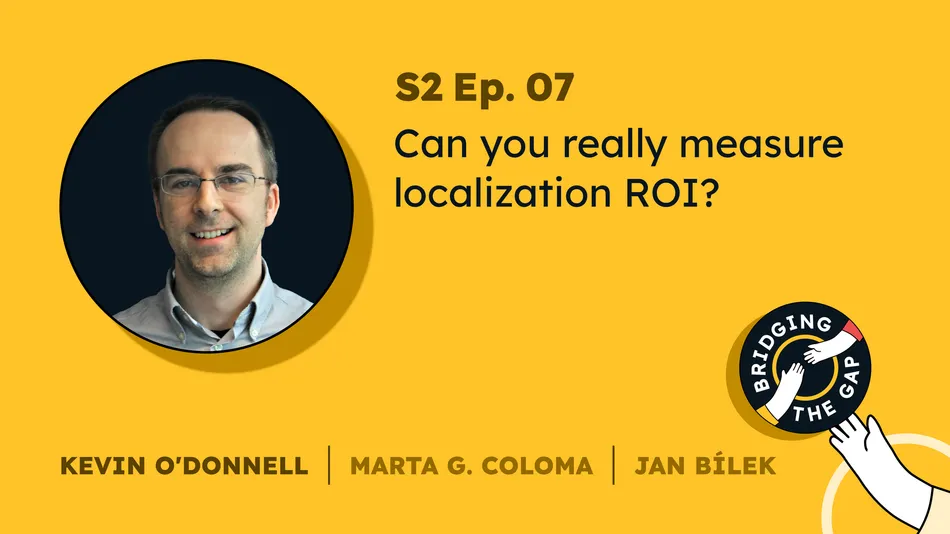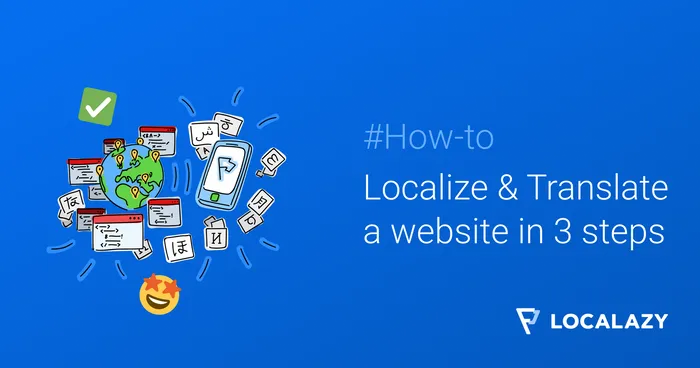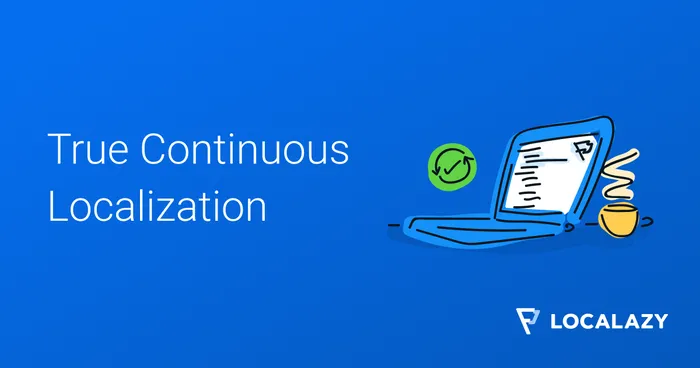Too often, localization teams report on things like word counts or turnaround times — metrics that sound efficient but don't mean much to business leaders. The result? They find it difficult to prove to them that investing in multilingualism has, in fact, an impact.
In this episode of Bridging the Gap, Kevin O’Donnell, a go-to-market advisor and former localization and growth lead at Microsoft, Dropbox, and Nitro, joins Marta G. Coloma and Jan Bílek to discuss what actually matters when measuring localization work. Kevin shares tips for making localization measurable, visible, and valuable, especially in teams where it's been treated as a side task for too long.
📝 The highlights 🔗
Most localization metrics are internal and irrelevant 🔗
According to Kevin, most localization teams track what’s easiest to measure — volume, cost, and speed. But these metrics rarely mean anything to executives. The disconnect happens when teams can't link what they do to user behavior or business goals.
Link localization to UX, not just operations 🔗
Rather than reporting on internal efficiency, localization teams should measure how their work changes the product experience. Did onboarding get smoother in Japan? Are more users converting in Brazil? Tracking these shifts helps prove the value of going global without waiting for perfect data.
Start small: test, learn, repeat 🔗
You don’t need a full research team to get started. Kevin recommends running small experiments with teams already tracking business metrics. For example, A/B test a localized homepage in a key market or improve one onboarding flow. Show impact, then scale.
Use what you already have 🔗
Many companies already use product analytics, but don’t segment results by language or country. That alone can present new, valuable insights. Where’s your strongest growth? Where’s user retention dropping? Kevin suggests doubling down on what works and asking smart questions about what doesn’t.
Talk to your global users 🔗
The biggest blind spot? Ignoring international users in research and product conversations. Localization teams are often closer to these users than anyone else, and can surface valuable feedback, from churn reasons to content gaps.
🌟 Star quote 🔗
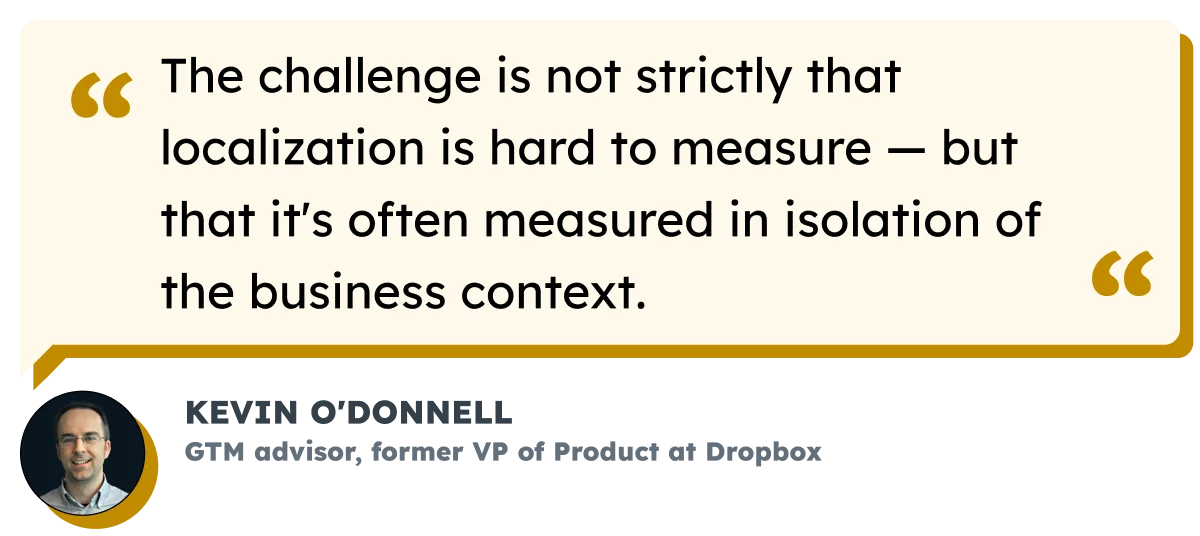
🎙️ Watch & listen 🔗
YouTube 🔗
Spotify 🔗
🗞️ Additional resources 🔗
📹 Related episodes 🔗
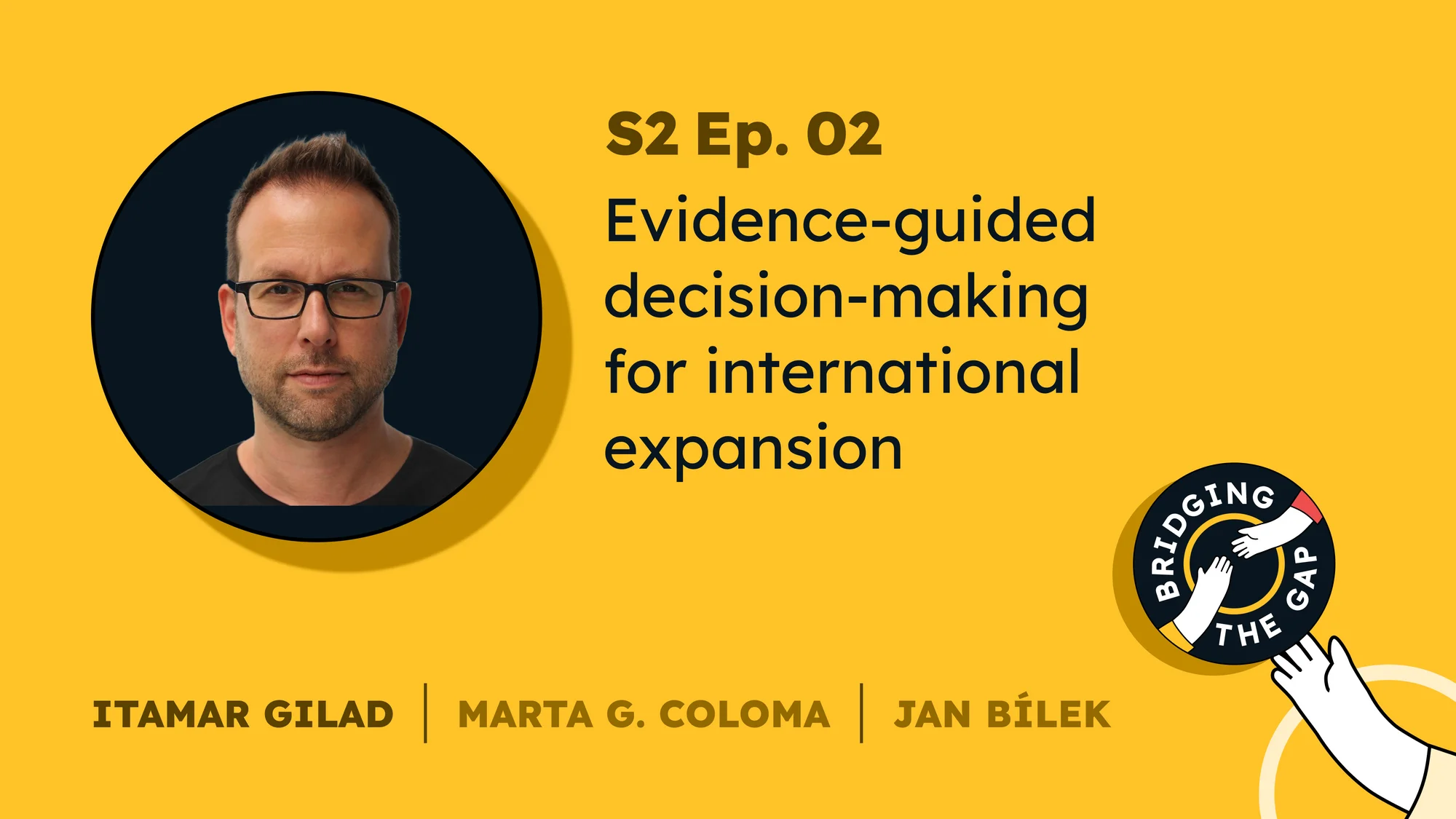
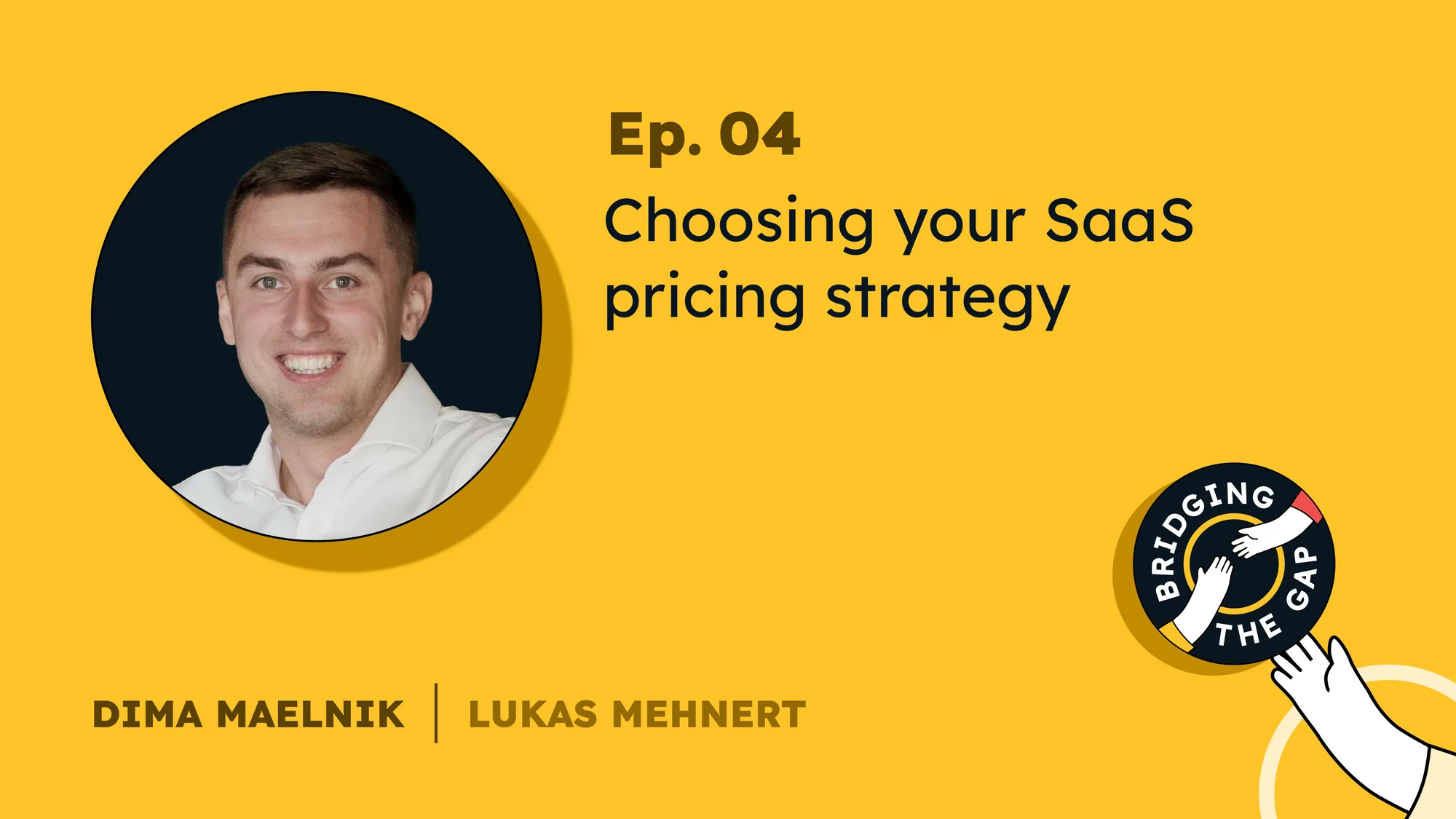
📲 Follow the podcast on LinkedIn to get notified when new episodes go live.
💌 Connect with the guest & hosts 🔗
📚 More on the blog 🔗
Need a clearer plan for your localization spend among other metrics? This Localization 101 guide gives you direction on how to budget for localization, whether you’re new to it or rethinking your current approach. It covers how to frame localization as an investment, spot unnecessary costs, and calculate ROI that speaks to your leadership team:
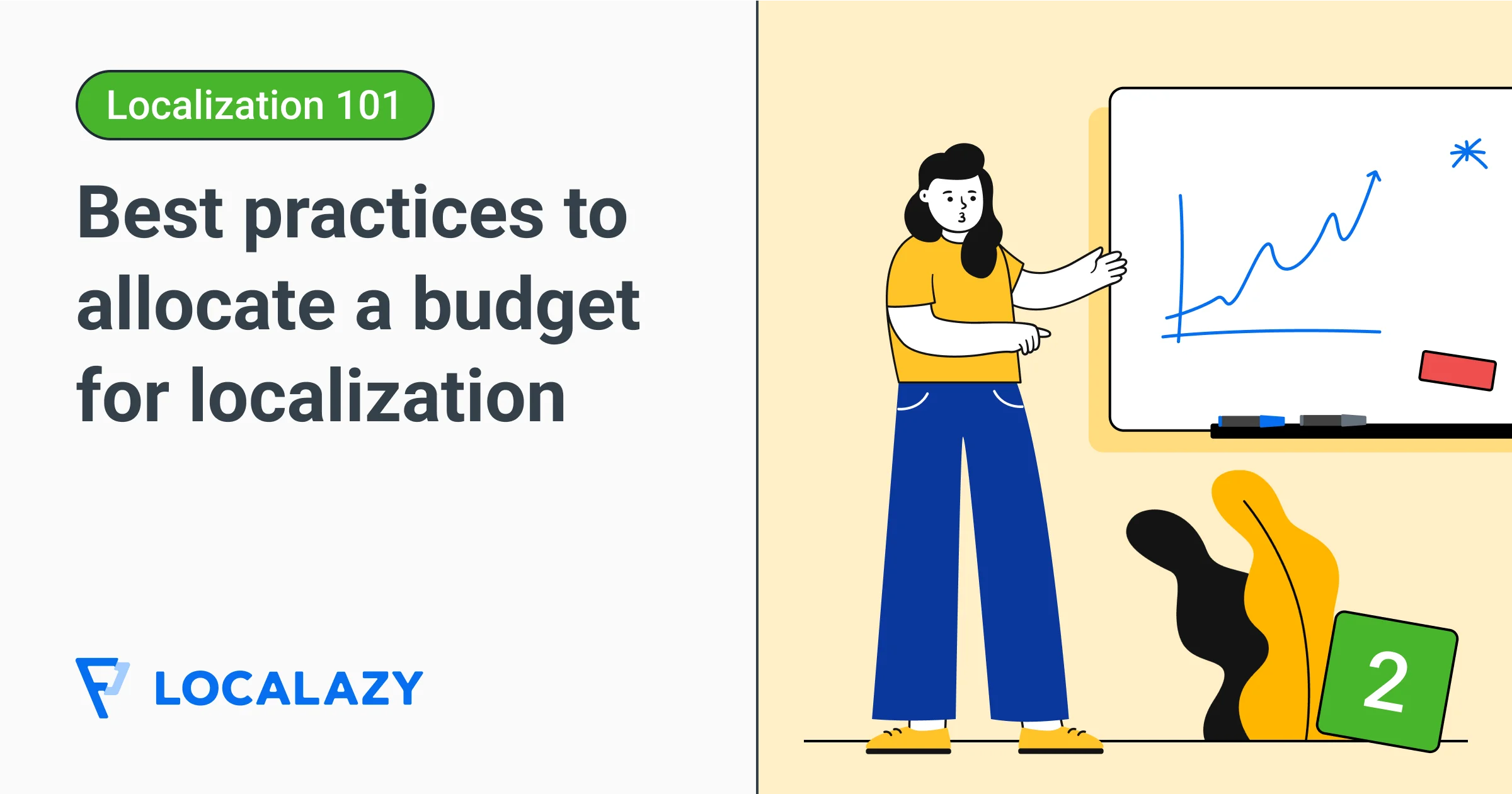
🚀 About Localazy 🔗
Localazy helps teams expand into global markets with smart localization workflows, automation features, and built-in quality control. Whether you're just starting out or scaling fast, we make it easier to manage multilingual content across your product. You can get started with our platform, explore pricing options, or reach out to our team to learn more.
